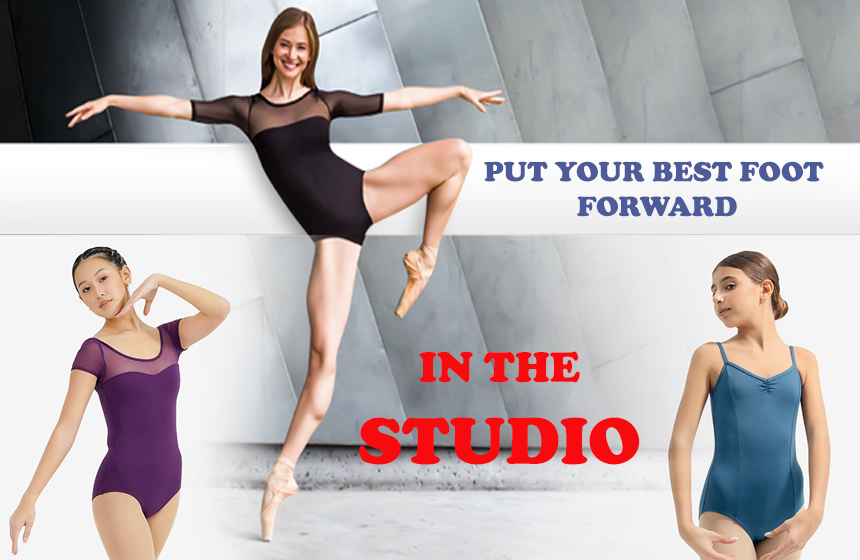Capezio is a well-known brand that produces a wide range of dance shoes and apparel. The brand has been around for over 130 years and has established a reputation for quality products.
When it comes to Capezio shoes, the quality is certainly impressive. The shoes are durable and well-made, designed specifically for dancers of all levels. They offer a range of styles, including ballet flats, jazz shoes, tap shoes, character shoes, and more.
One of the things that sets Capezio shoes apart is their attention to detail. The shoes are crafted with precision, and many feature unique details that enhance their style and functionality. For example, some of the ballet flats feature adjustable drawstrings that allow the dancer to customize the fit, while others have ribbons that can be tied in a variety of ways.
In terms of comfort, Capezio shoes are also top-notch. They are designed with the needs of dancers in mind, and many feature cushioned insoles, breathable materials, and flexible soles that allow for natural movement.
Overall, if you are looking for high-quality dance shoes, Capezio is definitely a brand worth considering. Their shoes are well-made, stylish, and comfortable, and they offer a range of styles to suit a variety of dance styles and preferences.
The Future of Capezio Shoes
One potential area of development is the integration of smart technology into dance shoes. This could involve incorporating sensors or other tracking devices that monitor a dancer’s movements and provide feedback on their technique. Another possibility is the use of 3D printing technology to create customized shoes that are perfectly tailored to each individual dancer’s foot shape and size.
Additionally, there may be a greater emphasis on sustainability and eco-friendliness in the production of Capezio shoes. This could involve the use of recycled or biodegradable materials, as well as more efficient production processes that reduce waste and energy consumption.
Another potential area of growth for Capezio is the expansion of their product line to include more athleisure and fitness-oriented shoes. With the rise of trends like barre workouts and yoga, there is a growing demand for shoes that can transition seamlessly from the studio to the street.
Overall, the future of Capezio shoes is likely to involve a combination of technological advancements, sustainable practices, and a focus on meeting the evolving needs of dancers and fitness enthusiasts alike.
The History of Capezio Shoes: From Ballet to Broadway
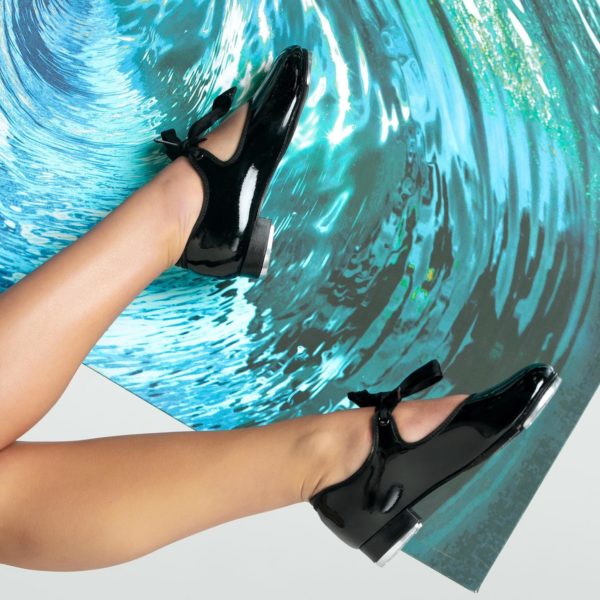
Capezio Shoes has a rich history that dates back over 130 years. The company was founded by Salvatore Capezio, an Italian cobbler who immigrated to the United States in the late 1800s. Capezio started his company by making handmade shoes for dancers in New York City.
At the time, ballet was becoming increasingly popular in the United States, and Capezio saw an opportunity to provide high-quality shoes for dancers. He quickly gained a reputation for his craftsmanship and attention to detail, and his shoes became the go-to choice for many professional dancers.
In the early 1900s, Capezio expanded his product line to include shoes for other types of dance, including tap and jazz. As Broadway became a major force in American entertainment, Capezio shoes became a favorite of Broadway performers as well.
Over the years, Capezio continued to innovate and evolve, introducing new materials and designs to improve the performance and comfort of their shoes. In the 1950s, they introduced the TeleTone tap shoe, which featured a metal plate on the toe and heel for a crisper sound.
Today, Capezio remains a leading provider of dance shoes and apparel, with a wide range of products for dancers of all levels and styles. Their shoes can be found in dance studios and theaters around the world, and they continue to uphold Salvatore Capezio’s legacy of quality and craftsmanship.
Where to Buy Capezio Shoes:
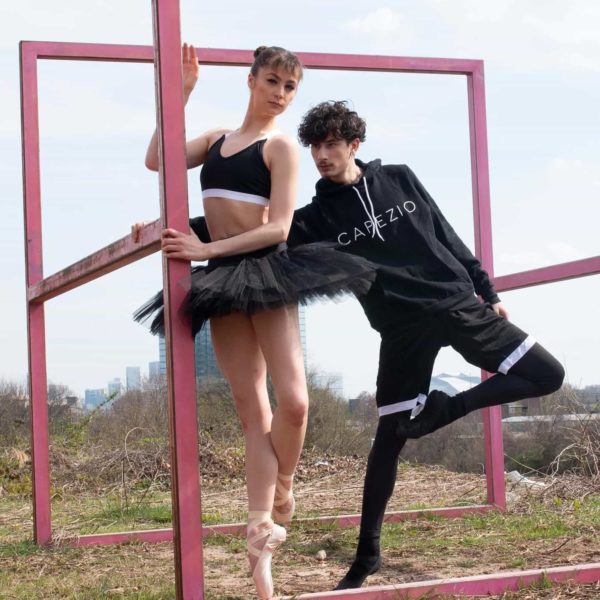
Capezio shoes can be purchased from a variety of retailers, both online and in-person. Here are a few options:
- Capezio.com: The official Capezio website offers a wide selection of shoes and apparel, with options for men, women, and children. They also offer free shipping on orders over $75 and a 30-day return policy.
- Amazon.com: Amazon has a large selection of Capezio shoes, including some styles that may not be available on the Capezio website. Prime members can also take advantage of free shipping and returns.
- Dancewear Solutions: This online retailer specializes in dancewear and carries a variety of Capezio shoes, as well as other brands. They also offer free shipping on orders over $45 and a 60-day return policy.
- Dancewear Corner: Another online retailer that specializes in dancewear, Dancewear Corner offers a selection of Capezio shoes for men, women, and children. They also offer free shipping on orders over $45 and a 30-day return policy.
- Local dance stores: Many dance stores carry Capezio shoes and apparel, and shopping in-person can be a great way to try on shoes and get personalized advice from knowledgeable staff.
No matter where you choose to purchase your Capezio shoes, be sure to check the sizing chart and read reviews to ensure a proper fit and comfortable wear.
A Guide to Capezio Shoe Sizing
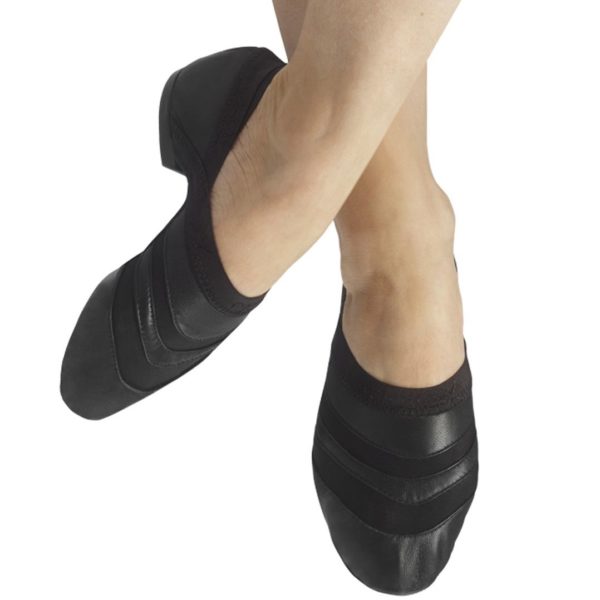
Capezio shoes are designed to fit snugly and securely on the foot to provide optimal support and flexibility for dancers. It is important to measure your feet carefully and consult the sizing chart before purchasing Capezio shoes. Here are some tips for determining your Capezio shoe size:
- Measure your feet: Use a ruler or measuring tape to measure the length of your foot from heel to toe. You can also measure the width of your foot by wrapping the measuring tape around the widest part of your foot.
- Consult the sizing chart: Capezio offers sizing charts for each of their shoe styles, which can be found on their website or through retailers. Use your foot measurements to determine your recommended size. It is important to note that Capezio shoes are typically sized differently than regular street shoes, so you may need to go up or down a size depending on the style.
- Consider the fit: When trying on Capezio shoes, they should fit snugly but not feel too tight or uncomfortable. Make sure there is enough room in the toe box for your toes to move and flex, and that the heel is secure and doesn’t slip out of the shoe.
- Try on shoes in person: If possible, it is always best to try on Capezio shoes in person at a dance store or other retailer. This will allow you to get a better sense of how the shoe fits and feels on your foot.
- Read reviews: If you are purchasing Capezio shoes online, be sure to read reviews from other customers to get an idea of how the shoes fit and whether they run true to size.
Remember that different Capezio shoe styles may have slightly different sizing requirements, so be sure to consult the sizing chart for each specific style before making a purchase. And if you have any questions or concerns about sizing, don’t hesitate to reach out to Capezio customer service or speak with a sales associate at a dance store.
The Evolution of Capezio Dance Shoes
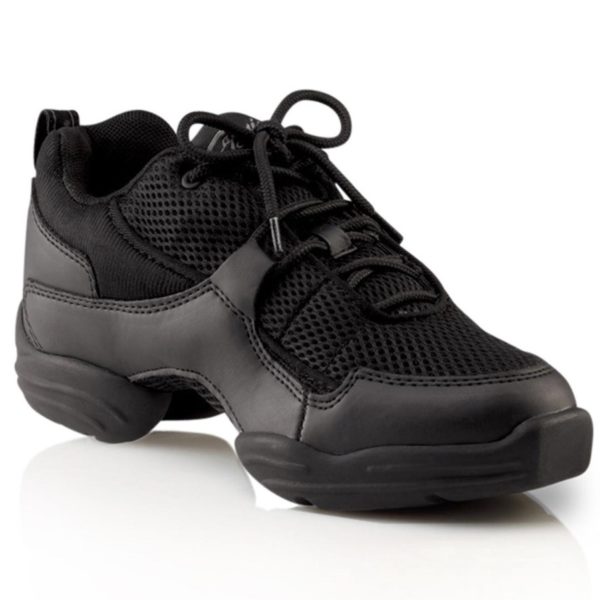
Capezio dance shoes have evolved significantly over the years, with new materials and designs being introduced to improve performance and comfort for dancers. Here are some of the key milestones in the evolution of Capezio dance shoes:
- Early ballet shoes: When Salvatore Capezio founded his company in the late 1800s, his primary focus was on making high-quality ballet shoes for professional dancers. These early ballet shoes were handmade from leather and featured a soft sole and flexible upper to allow for maximum range of motion.
- Expansion into other dance styles: As other forms of dance became popular in the early 1900s, Capezio began to expand their product line to include shoes for tap, jazz, and other styles. These shoes featured sturdier soles and more support than ballet shoes, and were designed to accommodate the specific movements of each dance style.
- The TeleTone tap shoe: In the 1950s, Capezio introduced the TeleTone tap shoe, which featured a metal plate on the toe and heel for a crisper sound. This innovation revolutionized tap dance and became a staple of Capezio’s product line.
- Split-sole ballet shoes: In the 1980s, Capezio introduced the split-sole ballet shoe, which featured a sole that was split in two to provide greater flexibility and arch support. This design quickly became popular among ballet dancers and is now a standard feature of many ballet shoes.
- Technological advancements: In recent years, Capezio has incorporated new materials and technologies into their shoes to improve performance and comfort. For example, they have introduced shoes with breathable mesh uppers, shock-absorbing soles, and flexible stretch materials.
Today, Capezio offers a wide range of dance shoes for men, women, and children, with styles that are designed to meet the specific needs of different dance styles and levels. From classic ballet shoes to high-tech athletic sneakers, Capezio continues to evolve and innovate to meet the needs of dancers around the world.
FAQ
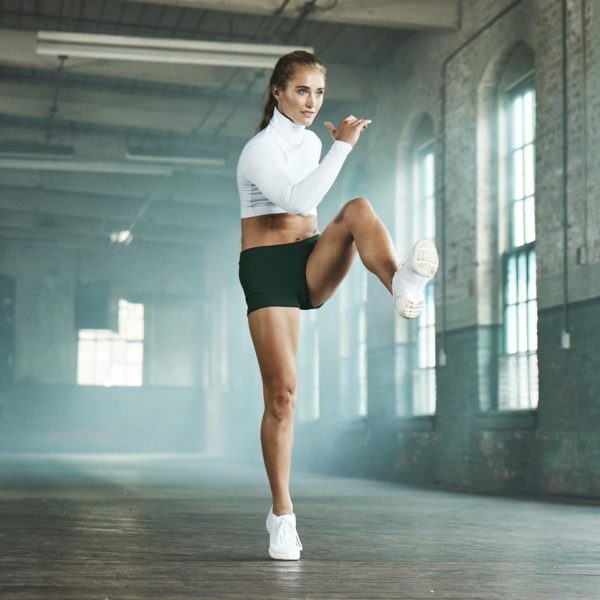
Here are some frequently asked questions about Capezio shoes:
What dance styles are Capezio shoes suitable for?
Capezio offers shoes for a wide range of dance styles, including ballet, tap, jazz, hip hop, ballroom, and more.
What materials are Capezio shoes made of?
Capezio shoes are made from a variety of materials, including leather, canvas, mesh, and synthetic materials. The specific materials used will depend on the style and purpose of the shoe.
How do I know what size Capezio shoe to buy?
It is important to measure your feet carefully and consult the sizing chart for each specific style of Capezio shoe. The sizing of Capezio shoes can vary depending on the style, so it is important to check the chart for each shoe before making a purchase.
Can Capezio shoes be worn outside of dance class or performances?
While Capezio shoes are designed specifically for dance, some styles can be worn outside of the studio or stage. However, it is important to check the specific style of shoe to determine whether it is appropriate for outdoor wear.
How do I care for my Capezio shoes?
The care instructions for Capezio shoes will vary depending on the style and materials. In general, it is recommended to clean leather shoes with a soft cloth and leather cleaner, and to avoid getting them wet. Canvas shoes can usually be machine-washed, but it is important to check the specific care instructions for each shoe.
Conclusion
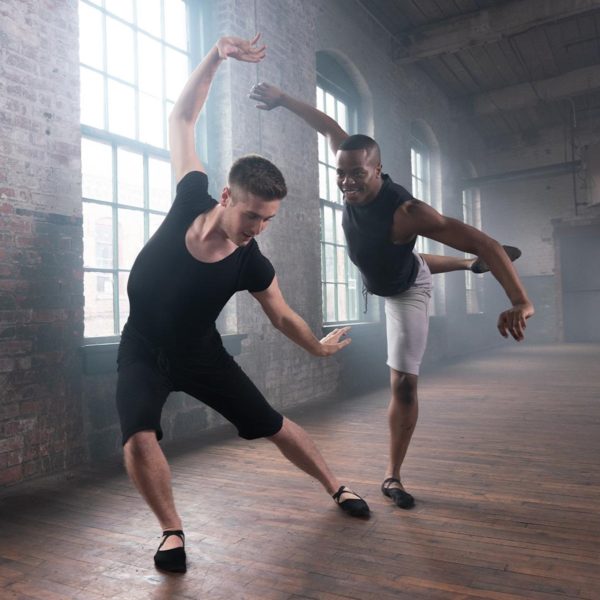
Capezio shoes have a rich history in the world of dance, and their shoes have evolved over time to meet the changing needs of dancers. From classic ballet shoes to innovative designs for other dance styles, Capezio offers a wide range of high-quality shoes for dancers of all levels. When purchasing Capezio shoes, it is important to carefully measure your feet and consult the sizing chart for each specific style of shoe. Proper care of your Capezio shoes is also important to ensure their longevity and performance. Overall, Capezio shoes continue to be a popular choice among dancers worldwide.

